


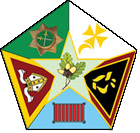 In his epic poem 'The Task' (1785), the British poet, William Cowper, has a line which reads: “Variety is the very spice of life, that gives it all its flavour” But other expressions on a similar theme can be found as far back as the ancient Greeks and it is a view to which many of us would subscribe.
In his epic poem 'The Task' (1785), the British poet, William Cowper, has a line which reads: “Variety is the very spice of life, that gives it all its flavour” But other expressions on a similar theme can be found as far back as the ancient Greeks and it is a view to which many of us would subscribe.| St Lawrence the Martyr | Fortitude and Hospitality | |
| Knights of Constantinople | Humility | |
| Grand Tilers of Solomon | Duty and Responsibility | |
| Red Cross of Babylon | Fidelity, Integrity and Truth | |
| Grand High Priest | Service and Dedication |
 This is the degree in which a council is always opened and closed and in which all business
must be conducted. The degree commemorates the martyrdom of St Lawrence in the year AD
257 (sic). Lawrence was born in Spain in AD 225. He later moved to Rome where he was
ordained as a deacon by Pope Sixtus in AD 257. Among his duties he was given charge of the
Treasury and the Church’s riches.
This is the degree in which a council is always opened and closed and in which all business
must be conducted. The degree commemorates the martyrdom of St Lawrence in the year AD
257 (sic). Lawrence was born in Spain in AD 225. He later moved to Rome where he was
ordained as a deacon by Pope Sixtus in AD 257. Among his duties he was given charge of the
Treasury and the Church’s riches. After the rather gruesome tale of St Lawrence’s demise, this fairly short but highly
entertaining degree is a real delight. The temple for this degree represents the courtyard of the palace of the Emperor Constantine in Constantinople during the fourth century AD.
After the rather gruesome tale of St Lawrence’s demise, this fairly short but highly
entertaining degree is a real delight. The temple for this degree represents the courtyard of the palace of the Emperor Constantine in Constantinople during the fourth century AD.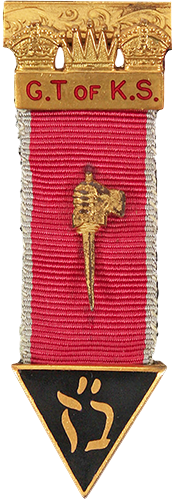 This degree has a theme very similar to that of the Cryptic Degree of Select Master. The
lodge room represents a secret vault beneath King Solomon’s Temple. The three principal
officers represent Solomon King of Israel, Hiram King of Tyre and Hiram Abif.
This degree has a theme very similar to that of the Cryptic Degree of Select Master. The
lodge room represents a secret vault beneath King Solomon’s Temple. The three principal
officers represent Solomon King of Israel, Hiram King of Tyre and Hiram Abif.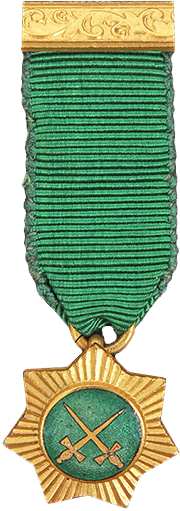 This degree, which is in three parts, relates to the period in the reign of the Persian King
Darius (the successor to Cyrus) when the work on building the second Temple at Jerusalem
is interrupted and threatened by the hostility of neighbouring tribes.
This degree, which is in three parts, relates to the period in the reign of the Persian King
Darius (the successor to Cyrus) when the work on building the second Temple at Jerusalem
is interrupted and threatened by the hostility of neighbouring tribes.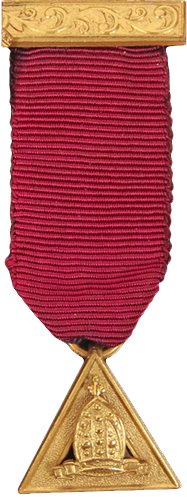 This was one of the first of the four degrees to come under the jurisdiction of the newly formed Grand Council in 1880 but it has always been referred to as an “Order”. This impressive Order has a complicated history and has been known under many different titles in various countries. The earliest references appear around 1770.
This was one of the first of the four degrees to come under the jurisdiction of the newly formed Grand Council in 1880 but it has always been referred to as an “Order”. This impressive Order has a complicated history and has been known under many different titles in various countries. The earliest references appear around 1770.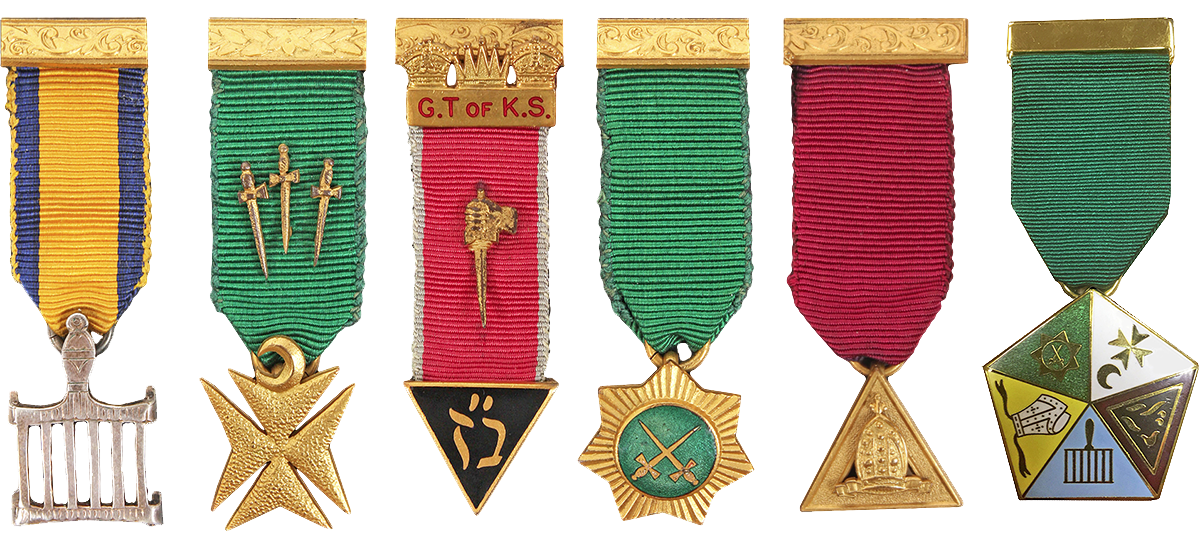
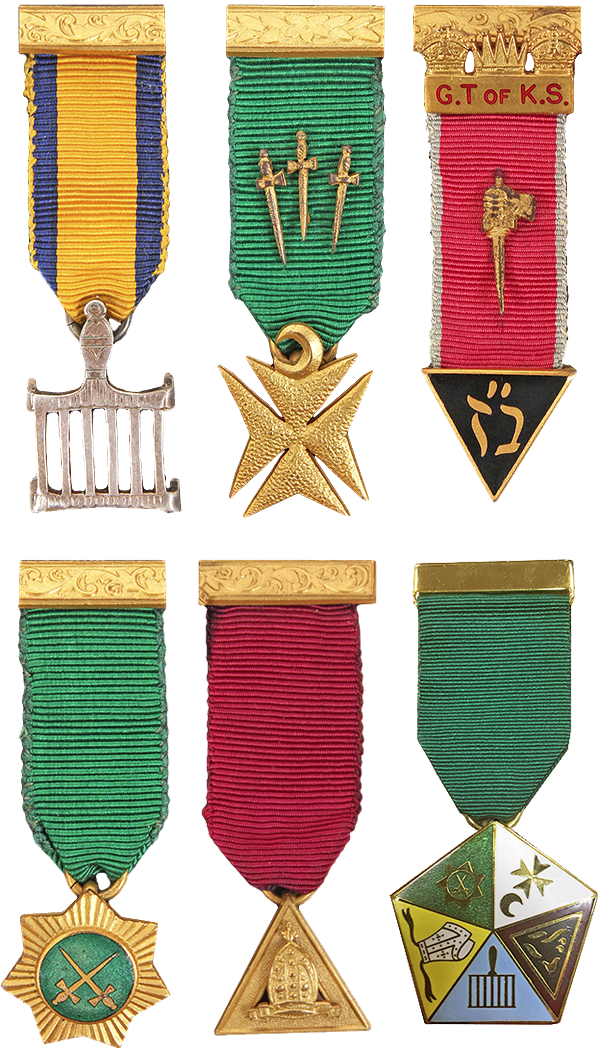
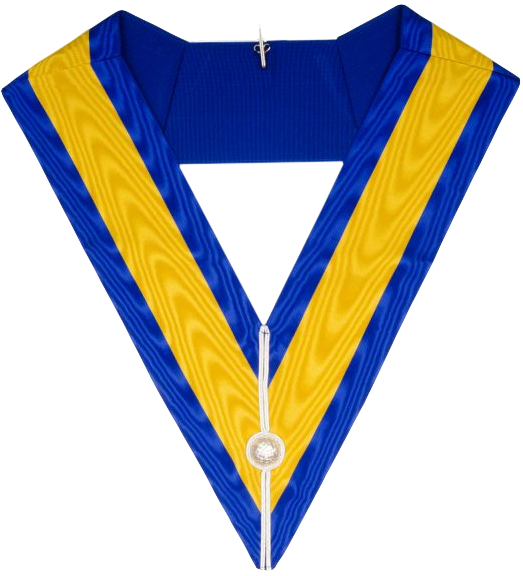
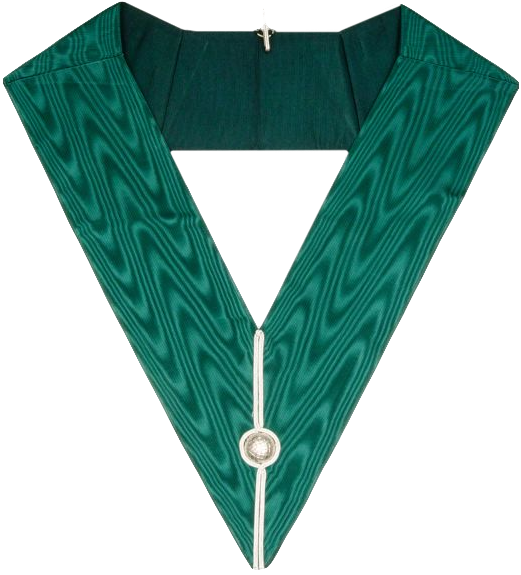
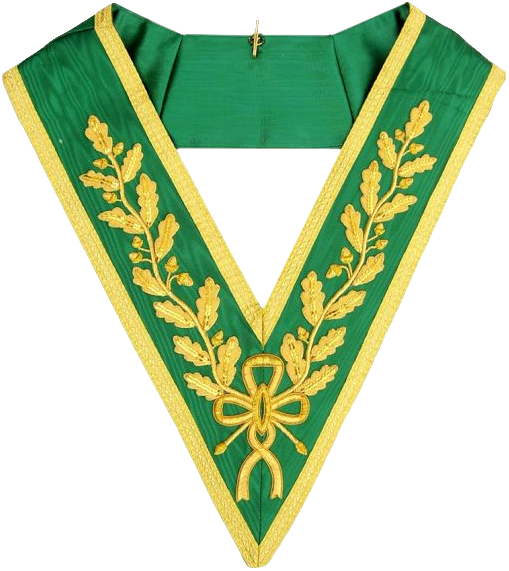
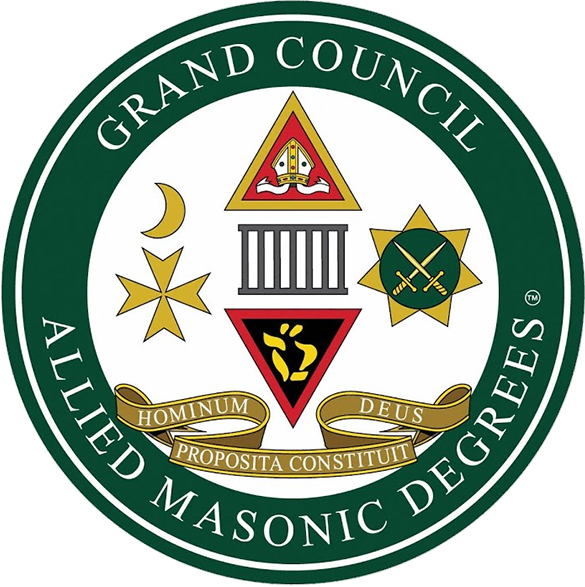 The Order is controlled by the Grand Council, headed by the Most Worshipful Grand Master supported by Grand Officers. Under Grand Council are several Districts, Inspectorates and unattached councils.
The Order is controlled by the Grand Council, headed by the Most Worshipful Grand Master supported by Grand Officers. Under Grand Council are several Districts, Inspectorates and unattached councils.